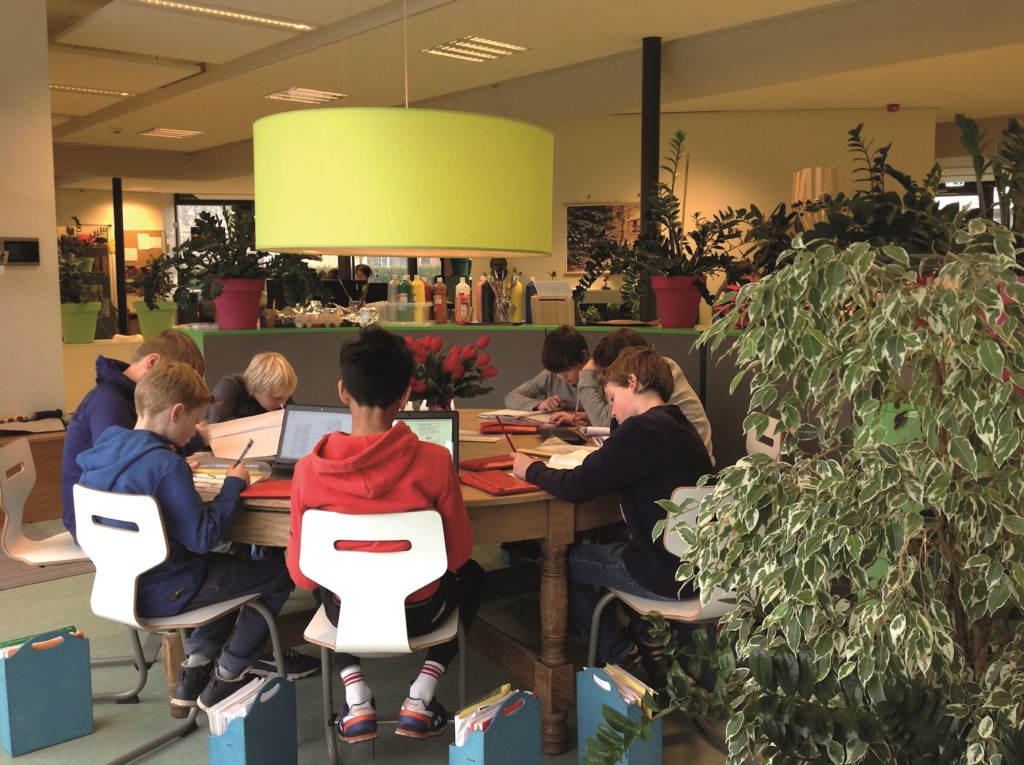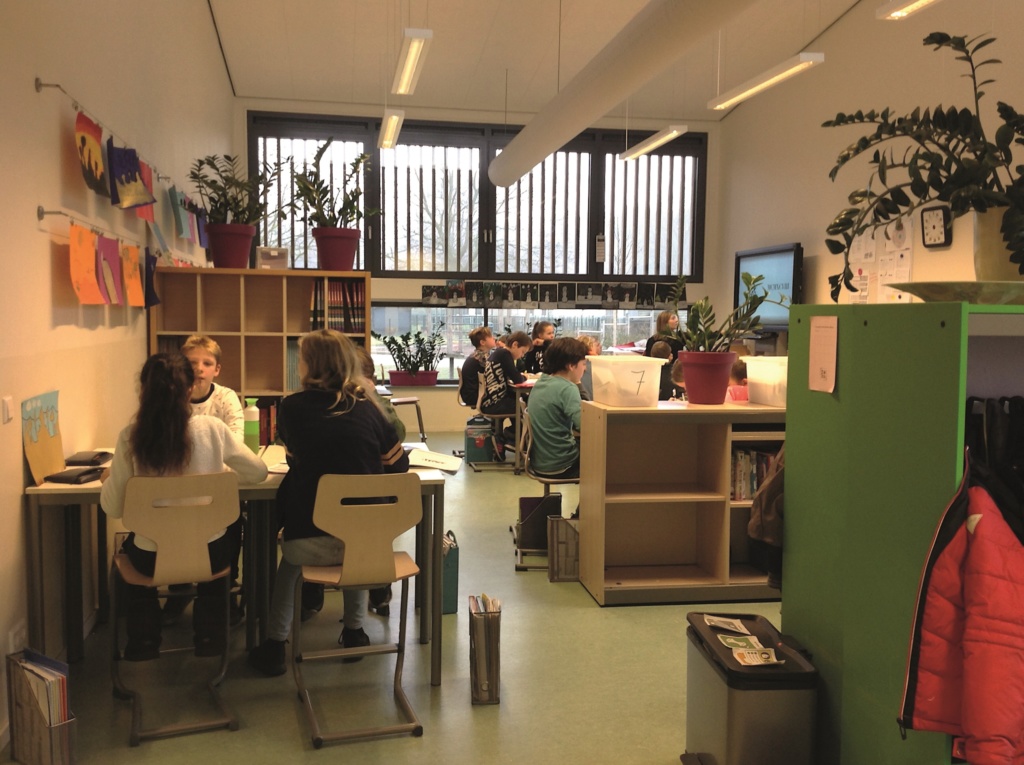
In well-functioning schools the leadership’s take on the responsibility of making sure their school is an organisation in constant development. This is challenging and can be made easier with professional outside feedback on current practices.
At De Werkplaats, a school in Netherlands, they understand that awareness about, and insight into, the connection between physical space and teachers’ practices and students’ behaviour can be a way to develop their organisation. In 2014 De Werkplaats rebuilt part of their primary school in order to establish a stronger connection between their physical and social environment. Last year the school started a collaboration with LOOP.bz that secured an understanding of their teachers’ practices in their newest building.
As LOOP.bz’ consultant with MA (ED) in educational anthropology, I conducted a short ethnographic study based on observations in De Werkplaats open learning environment. The study focused on the teachers’ practices within the space and how these influenced each other and the students behaviour.
The aim was to provide feedback to De Werkplaats that can help them reflect on the use of their new building and discover opportunities for development within the organisation.
Reflection over one’s practice is a recognised tool in any development process. In education is often done together between teachers in a team or through viewing individual practice on video and discussing it with coworkers or leadership. Usually these reflections have little to do with how the space is used but more to do with how the teachers use their bodies, language, manage time and students. In a recent paper, Woolner et al. propose that the physical environment is a good starting point for reflections on existing practice, because, as they say, it “is a visible and concrete manifestation of taken for granted ideas and ways of doing things” (Woolner et al., 2018, p. 5). Additionally, the physical environment is a good starting point for a dialogue because it is something concrete and neutral in contrast to e.g. the teachers’ practices which are highly personal and can be somewhat abstract. The concreteness and neutrality not only makes it easier to talk about but, more importantly, minimises the risks of personal misunderstandings and criticism which is key in order to have an open dialogue.
Within recent years more research have emerged about the role physical spaces’ play in organisational change. There seems to be a consent that physical spaces can be part of a change strategy but that developing the physical space alone will not change the educational practices (Woolner et al., 2018; Bradbeer, 2016).
